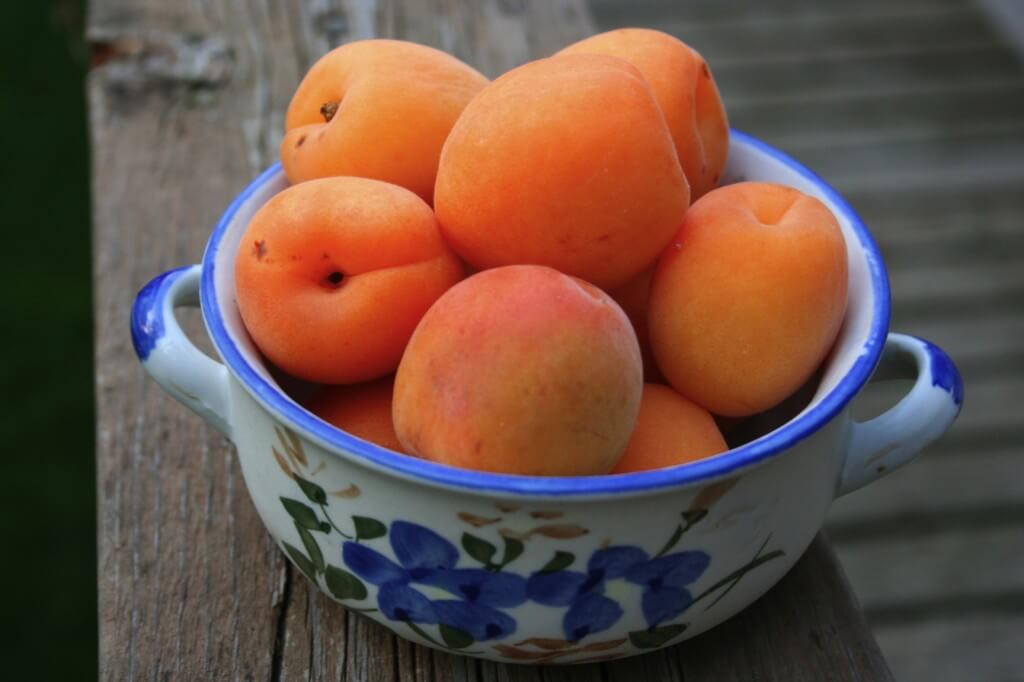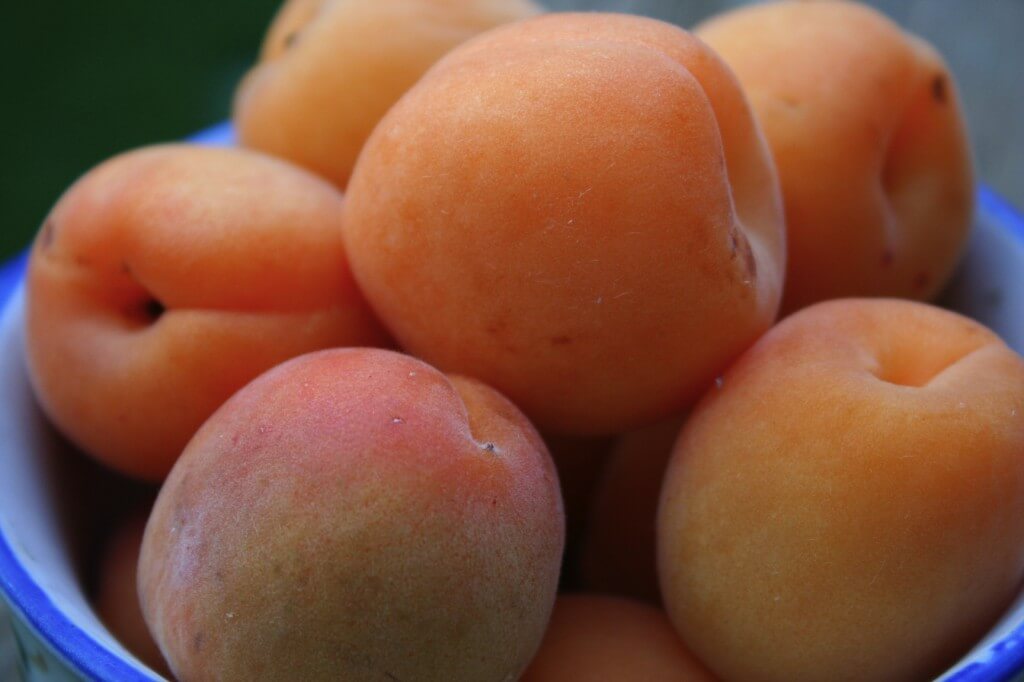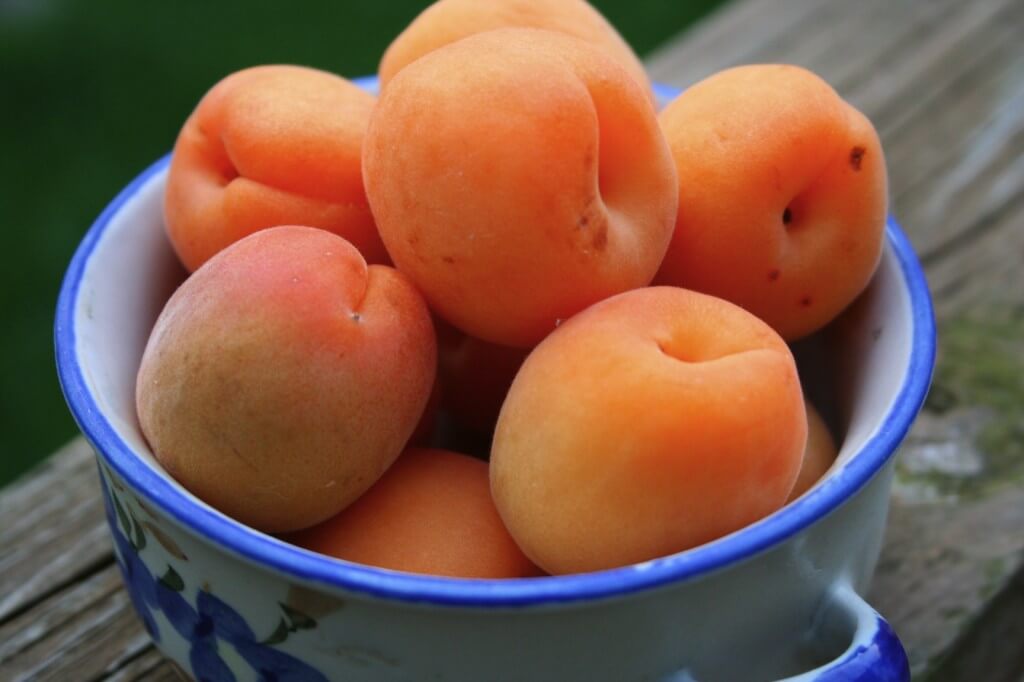One thing I love about summer is the vast amount of fresh, ripe fruit. This time of year I get excited to go to the supermarket or farmer’s market because I know that an array of tasty jewels awaits me. And today I’m taking a Closer Look at just one of these ripe beauties: Apricots.
I remember my first encounter with Apricots. I was about 4 years old and my family and I were visiting my grandparents in McAllen, Texas. They had an Apricot tree in their yard and my grandmother, Nanny, baked Apricot pies. I remember thinking, “these are kind of like peaches, but look and taste a little different.” That’s where my intrigue with this fruit started.
Then for years I never saw Apricots other than dried ones, which I really enjoy, but wondered where the fresh ones are? Then I found them…ahhhh…sitting there in the fruit market, tiny, gold Apricots. I bought them that day and have been in love with them ever since. So, here’s a Closer Look at Apricots and why you should eat more of them.
What are Apricots?
Related to peaches these golden little fruits are a bit smaller than peaches, but still have the fuzzy skin. They are in the stone fruit family along with peaches, plums, and nectarines because of the pit in the center of the fruit that is much like a stone. They’re not quite as juicy as peaches, but are still very sweet with a slight tartness. Apricots are in season until the Fall.
How to select the best Apricots?
These little guys should be free of bruises or mold spots. The color of the skin should be a bright golden color. The fruit should be firm, but you should be able to press into the skin a little.
What are the health benefits of Apricots?
In just one cup of Apricot halves you will get 60% of your daily amount of vitamin A, over 25% of your vitamin C, as well as vitamins K, E, and folate. These tiny golden fruits also offer calcium, iron, magnesium, and potassium. They will also help you to reach your daily amount of fiber.
How do you eat Apricots?
No need to even peal the skin off these little guys, since the fuzz is less than that of a peach. I recommend just biting into this tasty treat. A couple bites is all it will take. If you’re looking for a way to prepare these, you can use them in anything you’d use peaches in, like pies, cobblers, or on top of ice cream.
I hope this will encourage you to look for these sweet little golden guys the next time you’re at the fruit market. Eat up the tastes of summer while they last! Enjoy!
Resources:
http://nutritiondata.self.com/facts/fruits-and-fruit-juices/1827/2
http://www.whfoods.com/genpage.php?tname=foodspice&dbid=3
http://agsci.psu.edu/fphg/stone



Yummmm… and a favorite of mine is apricot jam! Thanks for reminding me how delicious apricots are!